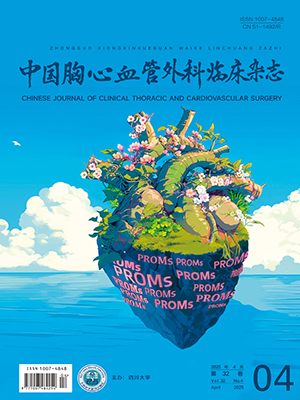With the widespread adoption of low-dose CT screening and the extensive application of high-resolution CT, the detection rate of sub-centimeter lung nodules has significantly increased. How to scientifically manage these nodules while avoiding overtreatment and diagnostic delays has become an important clinical issue. Among them, lung nodules with a consolidation tumor ratio less than 0.25, dominated by ground-glass shadows, are particularly worthy of attention. The therapeutic challenge for this group is how to achieve precise and complete resection of nodules during surgery while maximizing the preservation of the patient's lung function. The "watershed topography map" is a new technology based on big data and artificial intelligence algorithms. This method uses Dicom data from conventional dose CT scans, combined with microscopic (22-24 levels) capillary network anatomical watershed features, to generate high-precision simulated natural segmentation planes of lung sub-segments through specific textures and forms. This technology forms fluorescent watershed boundaries on the lung surface, which highly fit the actual lung anatomical structure. By analyzing the adjacent relationship between the nodule and the watershed boundary, real-time, visually accurate positioning of the nodule can be achieved. This innovative technology provides a new solution for the intraoperative positioning and resection of lung nodules. This consensus was led by four major domestic societies, jointly with expert teams in related fields, oriented to clinical practical needs, referring to domestic and foreign guidelines and consensus, and finally formed after multiple rounds of consultation, discussion, and voting. The main content covers the theoretical basis of the "watershed topography map" technology, indications, operation procedures, surgical planning details, and postoperative evaluation standards, aiming to provide scientific guidance and exploration directions for clinical peers who are currently or plan to carry out lung nodule resection using the fluorescent microscope watershed analysis method.
Citation: ZHONG Wenzhao, YANG Fan, HU Jian, TAN Fengwei, YANG Xuening, PU Qiang, JIANG Wei, ZHAO Deping, LI Hecheng, YAN Xiaolong, TAN Lijie, FAN Junqiang, QIAO Guibin, NIE Qiang, KANG Mingqiang, WU Weibing, ZHANG Hao, LI Zhigang, CHEN Zihao, GAO Shugeng, WU Yilong, Chinese Medical Doctor Association Thoracic Surgeons Branch, China Anti-Cancer Association, The Society of Non-small Cell Lung Cancer, Chinese Research Hospital Association, The Society of Thoracic Surgery, Guangdong Medical Association Lung Tumor Branch. Principles, technical specifications, and clinical application of lung watershed topography map 2.0: A thoracic surgery expert consensus (2024 version). Chinese Journal of Clinical Thoracic and Cardiovascular Surgery, 2025, 32(2): 141-152. doi: 10.7507/1007-4848.202412023 Copy
Copyright © the editorial department of Chinese Journal of Clinical Thoracic and Cardiovascular Surgery of West China Medical Publisher. All rights reserved
-
Previous Article
Multi center expert consensus on prevention and treatment of carbapenem resistant Klebsiella pneumoniae infection in liver transplantation donors KONGLingxiang, WANG Shouping, XU Xi, XU Gang, LÜ Tao, YANG Jian, SONG Jiulin, YILIYAER Aierken, HE Min, ZHANG Zhongwei, HUANG Yiming, WANG Pusen, ZHAO Dong, GAO Wei, GUO Wenzhi, FU Zhiren, LI Ming, YANG Liang, LI Lijuan, HE Yufeng, CHEN Senbiao, LI Guangming, WU Zhongjun, LÜ Guoyue, YI Huimin, ZHONG Lin, YANG Jiayin -
Next Article
Surgical key points and applications of duodenum, common bile duct and Oddi’s sphincter-preserving pancreatic head total resection (DCOPPHTR, Wang’s procedure) YANGYongjun, XIANG Jifeng, WANG Huaizhi




